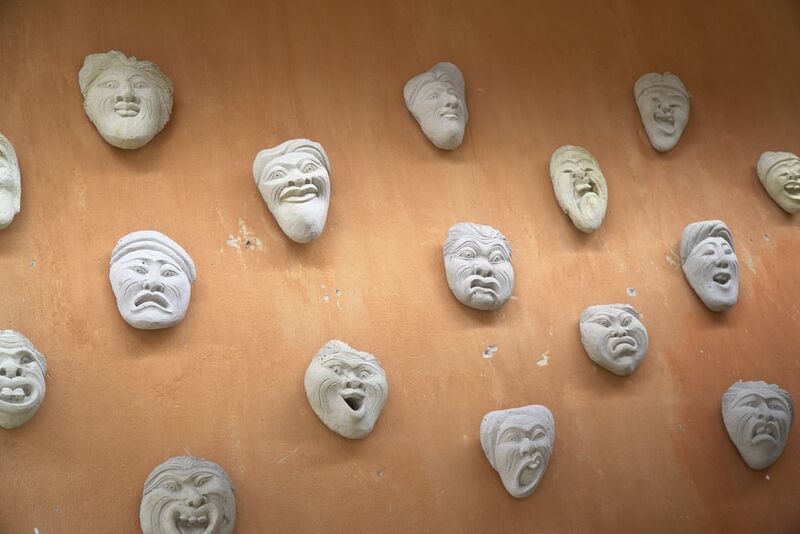Balinese masks carry a deep, spiritual meaning, which many tourists don’t grasp even though they admire their beauty in stores and on stages. Their sacred meanings run throughout their history, from their animism roots to their role in modern-day performances.
We should take into account that the use of masks for ritualistic sacred purposes isn’t unique to the Indonesian island of Bali. Various tribal masks in African countries and Mexican Day of the Dead masks have different purposes for different belief systems and cultural traditions. Among these cultures, the Indonesian island is one of few places where the art and performance of masks are alive and well.
The prominence of the masks is the culture’s dynamism and animism past. Based on the belief and, indeed, a conviction that gods are everywhere, the ancient Balinese created beautiful dwellings for transcendental and spiritual energies. The mask is like a home to the ancestral spirits, who wish to visit the material world as it represents the energies or divine beings in a physical form.
Some masks are made to host spiritual energies in line with specific traditions and customs. The creation itself is very specific. One needs to use specific material and apply specific approaches to the art of making. The time for making the mask also needs to be taken into account. There are even special ceremonies dedicated to the masks’ implied powers.
Hindu religion interacted with Balinese culture and became embedded in the existing ancient belief system. Cultural objects such as masks retain their role and function, while teaching content is extended to accommodate the changes to the traditional religious system. The Balinese Hindu expressed Hindu myths and teachings through objects like masks and dance and music.

